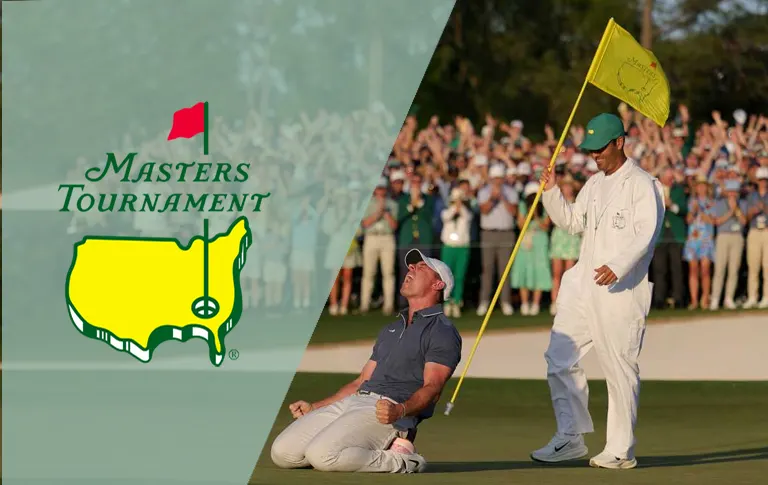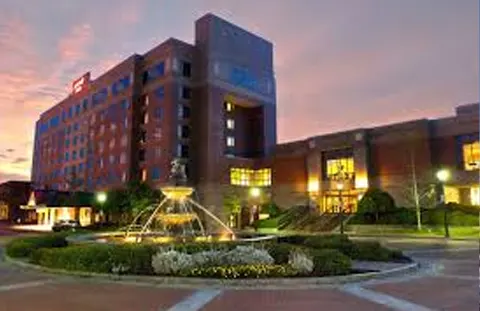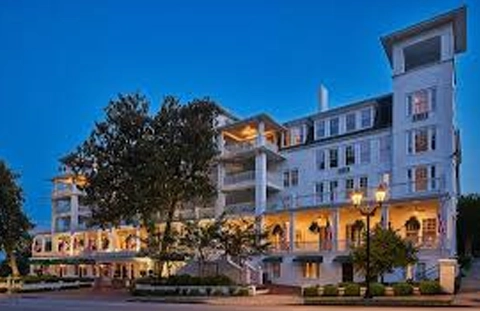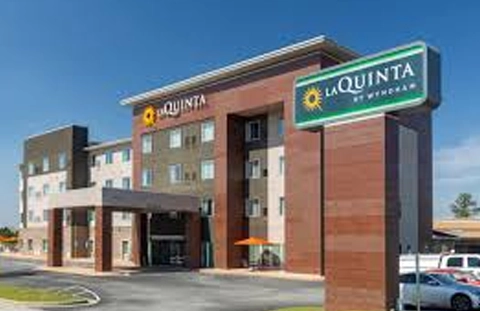
Plan Your Masters 2026 Stay
Updated Sep 2025 · 4–5★ hotel picks, gate times, neighborhoods
From early practice rounds and the Par 3 Contest to Sunday’s green jacket ceremony, we map the best areas for fast routes to Augusta National—Washington Rd corridor, Downtown Augusta, and North Augusta—plus dining on Broad St and quick-access breakfast options. Expect premium hotels with reliable transfers and optional VIP add-ons.








